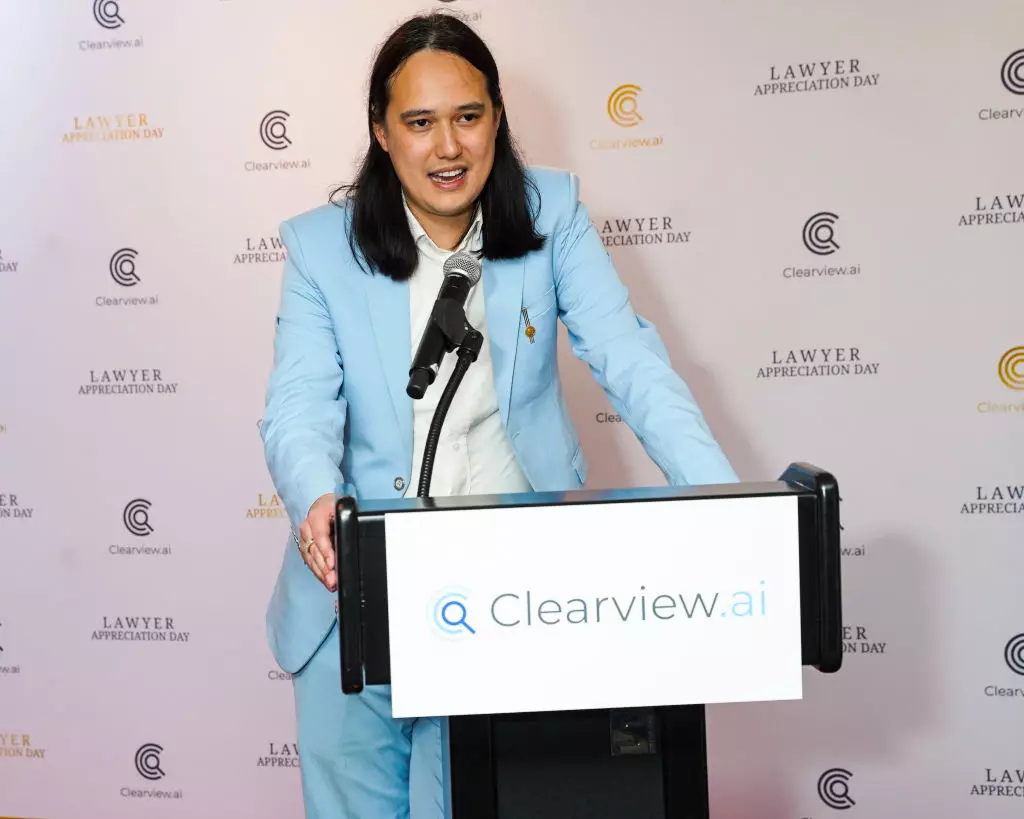In a significant turning point for Clearview AI, the controversial startup renowned for its expansive facial recognition technology, CEO Hoan Ton-That has stepped down from his role. This unexpected shift has sent ripples through the tech and privacy sectors, as the company has been under intense scrutiny for its methods of data collection. Although Ton-That has conveyed a personal desire to embark on new ventures while maintaining his position as a board member, the implications of his departure raise questions about the future leadership and direction of Clearview AI.
Following Ton-That’s resignation, Clearview AI announced a dual CEO structure involving Hal Lambert and co-founder Richard Schwartz. This leadership transition is noteworthy, given Lambert’s history in Republican investment and Schwartz’s political background as a senior advisor to Rudy Giuliani. Their appointment reflects the intersection of technology and politics, especially as they express intent to leverage potential opportunities within the shifting political landscape in the United States. Their connections might suggest a strategy aligned with certain political considerations, which could have broader implications for the company’s trajectory in an increasingly competitive market.
The primary challenges facing Clearview AI stem from its controversial practices surrounding consent and privacy. The startup has amassed a staggering $100 million in fines from various European agencies under the General Data Protection Regulation (GDPR). This financial burden indicates the gravity of legal repercussions associated with its data harvesting methods, where billions of photos were scraped from the internet without user consent. The refusal of Clearview AI to settle these fines not only showcases its contentious relationship with regulatory bodies but also highlights a broader discussion about ethical standards in technology.
Despite the hurdles in its legal battles, Ton-That recently claimed that Clearview AI is experiencing unprecedented financial growth and revenue levels. However, independent reports contradict these assertions by indicating that the company has struggled to obtain substantial federal contracts, raising questions about its profitability. The paradox of presenting robust financial health while grappling with operational profitability creates a larger narrative about the sustainability of businesses built on controversial technologies.
As Clearview AI stands at a crossroads with new leadership at the helm, its future is fraught with uncertainties. The implications of Ton-That’s departure could shape the company’s strategies moving forward, whether in expanding its database, addressing ongoing legal issues, or responding to public opinion regarding privacy. The evolving scenario presents an opportunity for Clearview AI to redefine its ethos and operational framework. As the technology landscape rapidly shifts, how this startup evolves will be instrumental in influencing public trust and regulatory approval in the realm of facial recognition technologies. The journey ahead holds both potential and pitfalls as Clearview navigates its path forward amidst a backdrop of increasing scrutiny and regulatory demands.

